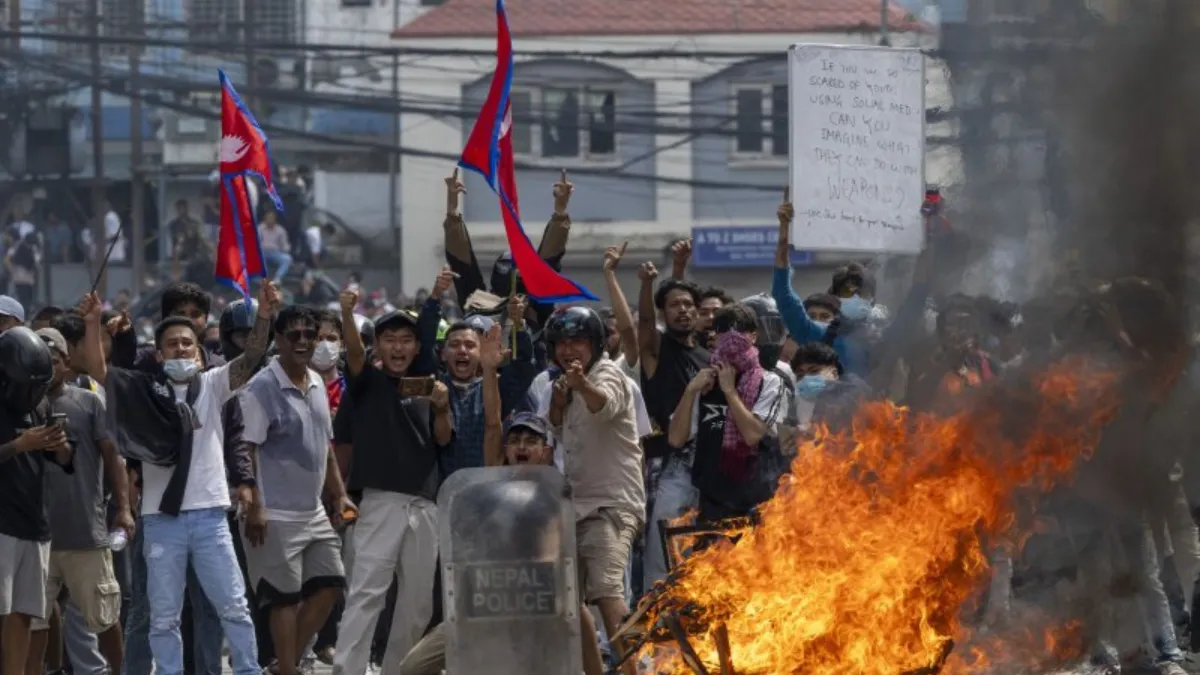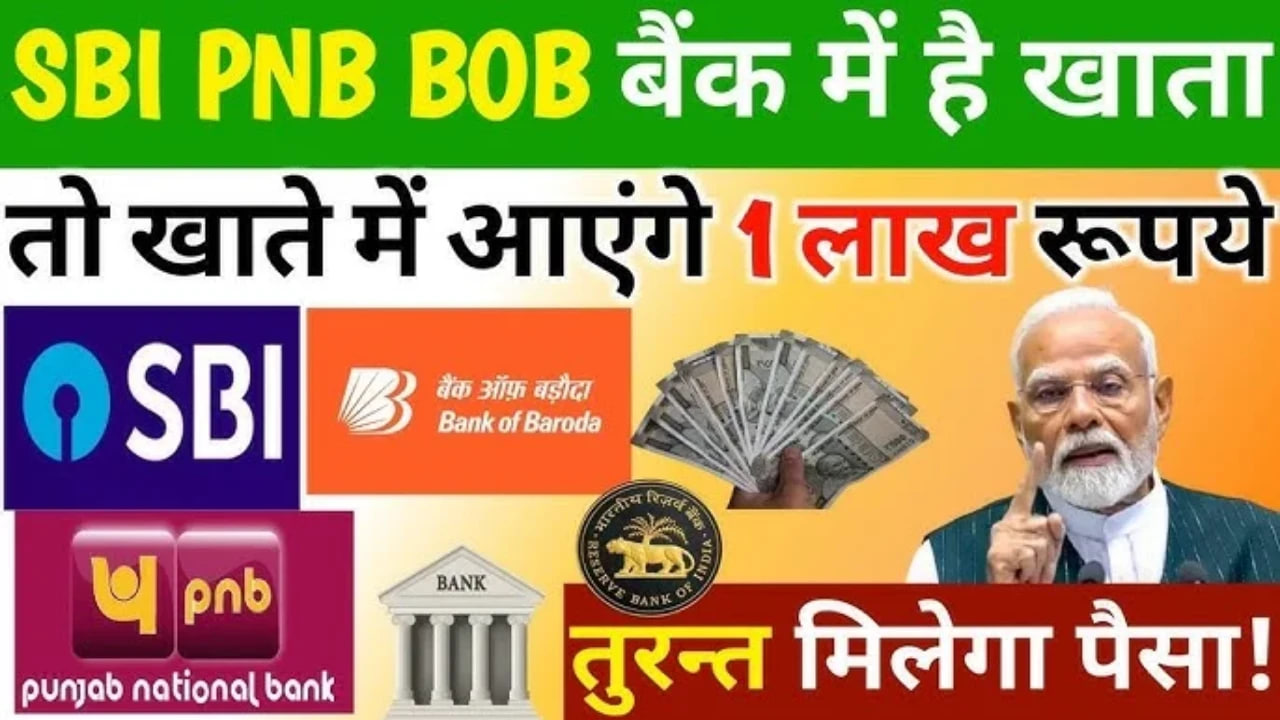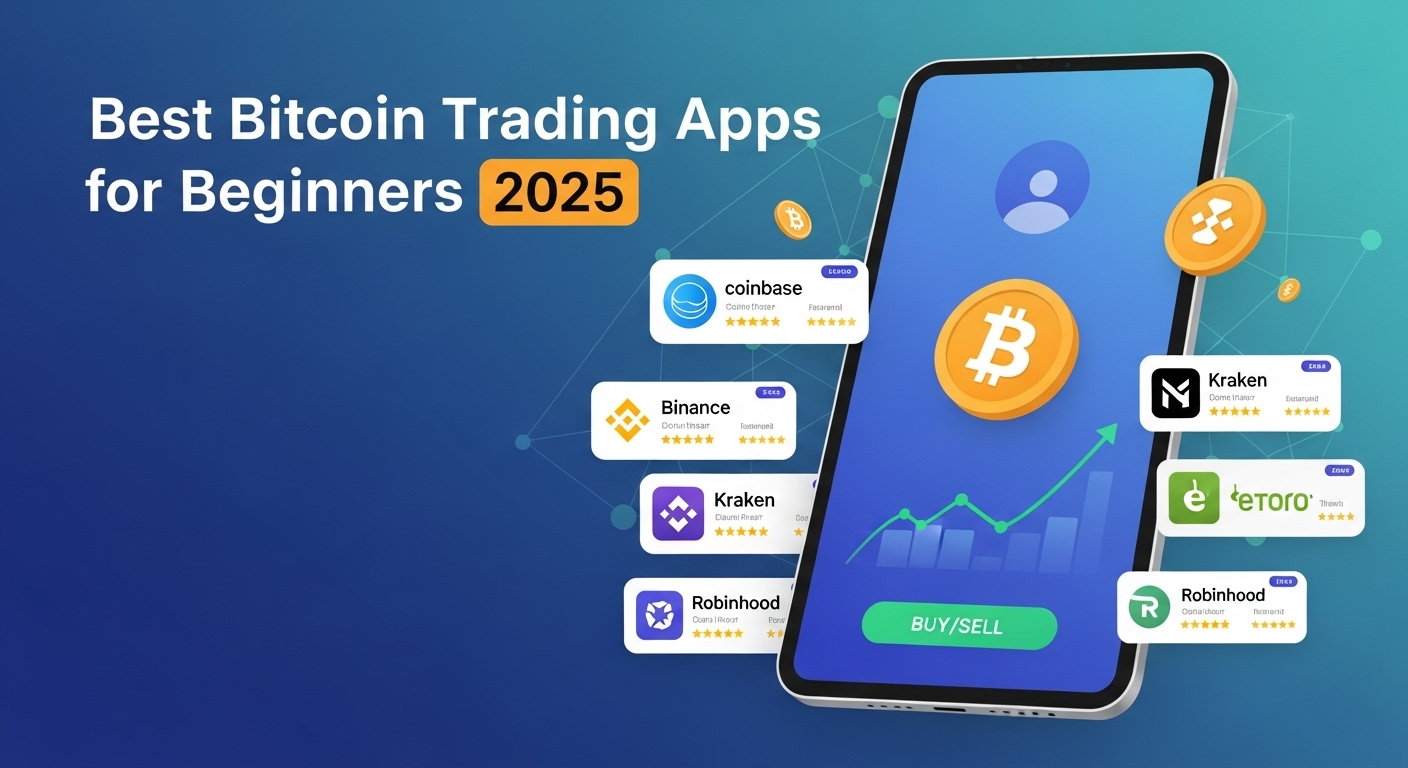Nepal protest social media has become one of the most talked-about issues in South Asia in recent days. The ban on social media platforms triggered massive demonstrations across the country, especially in the capital city of Kathmandu. What began as a government decision to control online content quickly turned into a nationwide movement, largely driven by young people who depend on these platforms for communication, education, business, and self-expression.
Why Did the Nepal Protest Social Media Begin?
The immediate cause of the protests was the Nepal government’s temporary ban on popular social media platforms, citing the need to control misinformation and hate speech. While the government argued it was necessary to maintain peace and order, many citizens saw this as an attack on freedom of speech and digital rights.
Social media has become an essential tool for Nepalese youth, entrepreneurs, and activists. Shutting it down felt like cutting off a lifeline. This frustration led thousands of young people, especially Gen-Z users, to take to the streets.
Key Details of the Nepal Protest Social Media Crisis
The protests escalated quickly, and the situation caught global attention. Here are the main highlights of the crisis:
| Aspect | Details |
|---|---|
| Trigger | Government ban on social media platforms |
| Main Protesters | Gen-Z youth, students, digital workers, activists |
| Location of Major Protests | Kathmandu (New Baneshwor, central districts) |
| Casualties | Reports of multiple deaths and hundreds injured |
| Government Response | Deployed police and army, imposed curfew in some areas |
| Current Status | Ban revoked, but protests continue over larger issues of freedom |
The Role of Gen-Z in the Nepal Protest Social Media Movement
This movement has been largely shaped by young people. Gen-Z, often referred to as the “digital generation,” relies heavily on social platforms for networking, learning, and even income. When the government cut access, it wasn’t just about entertainment—it disrupted their daily lives.
These young protesters organized themselves quickly, using VPNs, encrypted apps, and word-of-mouth to spread information. Their determination highlighted how deeply digital freedom is tied to personal freedom in today’s world.
Broader Political and Social Implications
The Nepal protest social media crisis has shown the gap between government policies and public expectations. While authorities see digital restrictions as a way to maintain order, citizens—especially the youth—view them as censorship.
This clash has broader consequences:
- It raises questions about the future of democracy and freedom of expression in Nepal.
- It exposes the generational divide between older leaders and younger citizens.
- It signals to other countries in the region how fragile digital rights can be under political pressure.
What Happens Next?
Although the government has revoked the ban, the protests continue. The demonstrators now demand long-term guarantees that such restrictions won’t return. They also call for accountability regarding the use of force against protesters.
For Nepal, this is a turning point. Balancing national security with digital freedom will define the country’s political stability in the coming years.
Also read: Nepal Protest Updates: 14 Dead, 100 Injured in Gen-Z Uprising Over Social Media Ban
Conclusion
The Nepal protest social media movement is more than just a reaction to a temporary ban—it is a fight for fundamental rights in the digital age. It reflects how deeply technology is woven into daily life and how strongly people will defend their freedom of expression. The coming months will show whether Nepal’s leaders are ready to listen to their citizens or risk further unrest.














